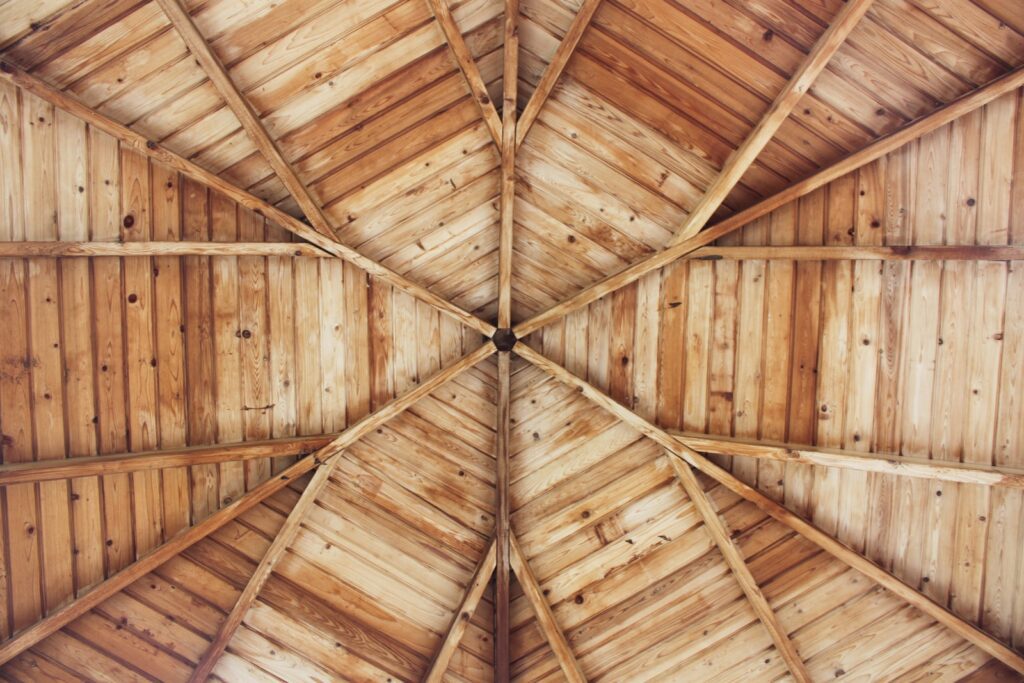

Sustainability is most often defined as meeting the needs of the present without compromising the ability of future generations to meet theirs.
For true sustainability, we need to integrate the goals of a high quality of life, health and prosperity with social justice and maintaining the
earth’s capacity to support life in all its diversity.
These social, economic and environmental goals are interdependent and mutually reinforcing and are recognised widely as the three aspects of sustainability: economic, environmental and social.
Only through balancing social, environmental and economic aspects can we achieve true sustainability.
Both treated wood and the biocides used in wood protection conform to the principles of sustainability and for clarity these are addressed separately.
The three aspects of sustainability are often referred to as the ‘three pillars’ of sustainability but it is now widely recognised that sustainability is only achieved with a balance of all three aspects.



